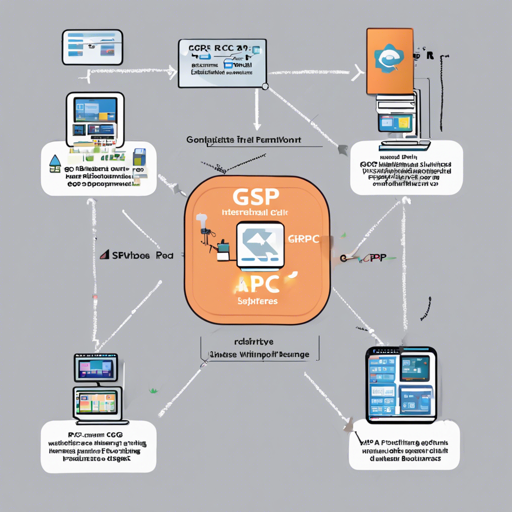The Go Substrate RPC Client, or GSRPC, is a powerful library designed to interact with Polkadot and other Substrate-based blockchains. In this blog post, we’ll go over how to effectively set up and use GSRPC for your applications, while ensuring a smooth experience along the way. So, let’s dive in!
Getting Started with GSRPC
To use GSRPC, you’ll first need to set up your environment and get all the necessary dependencies. Follow the steps below:
- 1. Install dependencies by running
make - 2. Build the project with
go build - 3. Use
make lintto check your code quality (ormake lint-fixto automatically fix issues) - 4. To run the Substrate Docker container, execute
make run-substrate-docker
Testing Your GSRPC Installation
Testing is key to ensuring your GSRPC client works correctly. You can run tests in a Docker environment or your local system. Here’s how to do it:
make test-dockerized: This command runs the tests within a dedicated Docker container against the Substrate Docker container.make test: This runs the tests locally, although it requires the Substrate Docker container to be up and running.
IMPORTANT: To use a custom Substrate endpoint before running your tests, don’t forget to set the environment variable using:
export RPC_URL=http://example.com:9934Adding Support for New RPC Methods
If you want to add support for new RPC methods, you’ll need to update the RPC mocks. Here’s how:
- 1. Install [mockery](https://github.com/vektra/mockery).
- 2. Run
go generate ...to generate the necessary mocks.
Understanding the Code: An Analogy
Think of GSRPC as a skilled translator at an international conference. Just like how the translator helps attendees communicate smoothly despite language barriers, GSRPC facilitates the communication between your Go application and the Substrate blockchain. When you send RPC calls (like questions to the blockchain), the GSRPC translates those queries, sends them to the blockchain, and translates the responses back to your app ensuring clarity and functionality.
Troubleshooting Common Issues
If you encounter any issues while using GSRPC, here are a few troubleshooting steps to consider:
- Ensure your Docker container for Substrate is running correctly.
- Verify that the RPC endpoint is correctly set in your environment variables.
- Check for any typos in your method names or RPC calls.
- Stay updated with the latest changes and fixes reported in the repository.
For more insights, updates, or to collaborate on AI development projects, stay connected with fxis.ai.
Conclusion
At fxis.ai, we believe that such advancements are crucial for the future of AI, as they enable more comprehensive and effective solutions. Our team is continually exploring new methodologies to push the envelope in artificial intelligence, ensuring that our clients benefit from the latest technological innovations.
Happy coding with GSRPC! We hope this article provides you with the necessary guidance to navigate your development journey smoothly.

